In 1999, President Charles Vest asked a faculty committee how best to use the internet to further MIT’s mission. Its revolutionary recommendation: put all of MIT’s course materials online for free. In 2002, MIT OpenCourseWare did just that for 50 MIT classes; today it posts materials for 2,450. And since MIT and Harvard teamed up in 2012 to launch edX, a free open-source platform for online learning, MIT has been offering a growing number of classes online.Now MIT’s expansive Open Learning initiatives serve both MIT students and learners around the world.


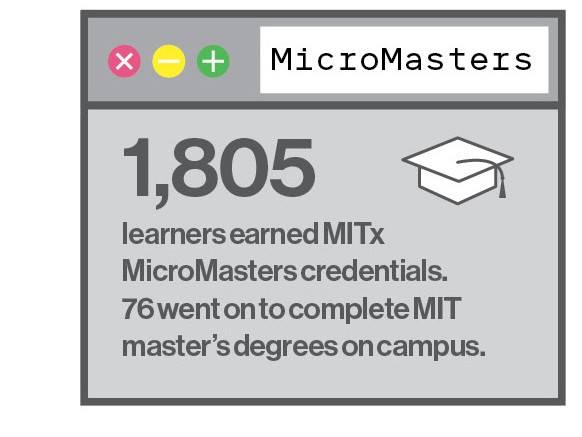
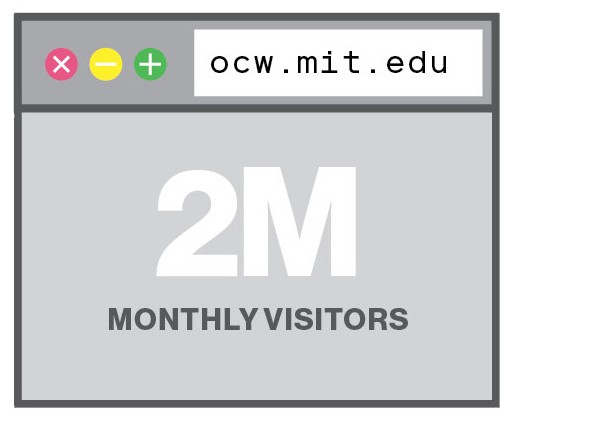
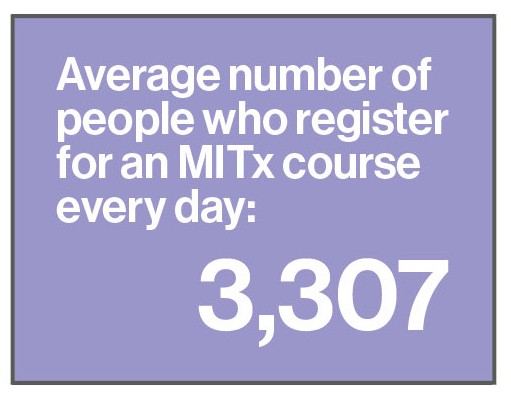
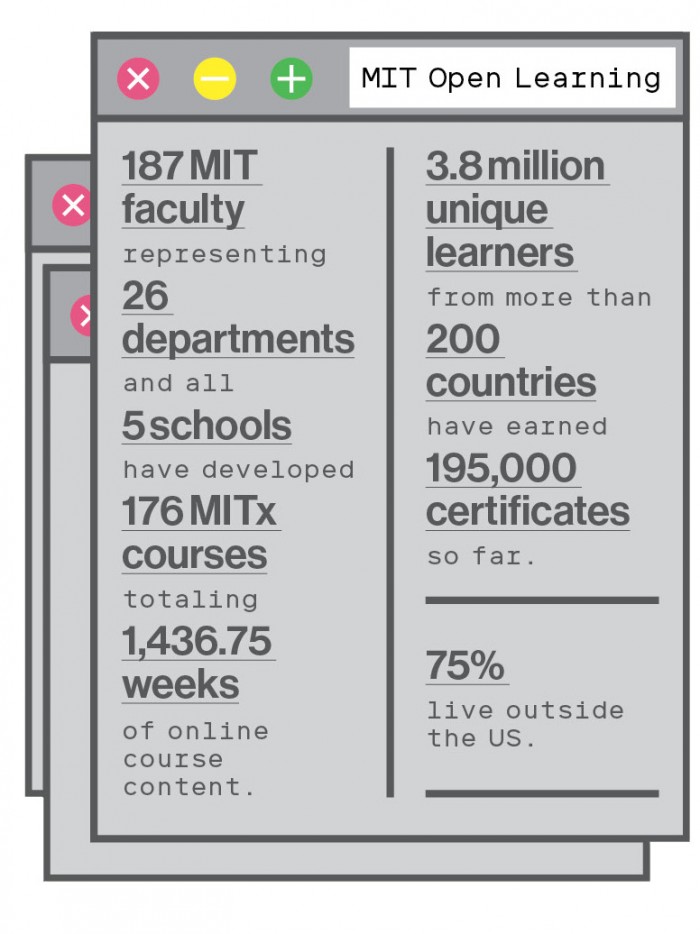

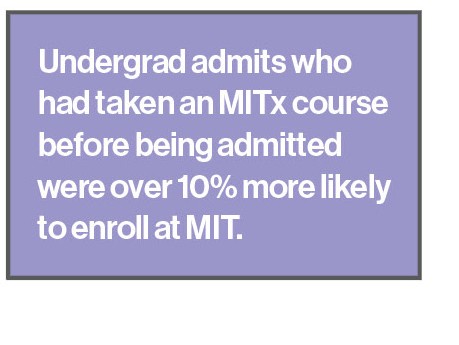
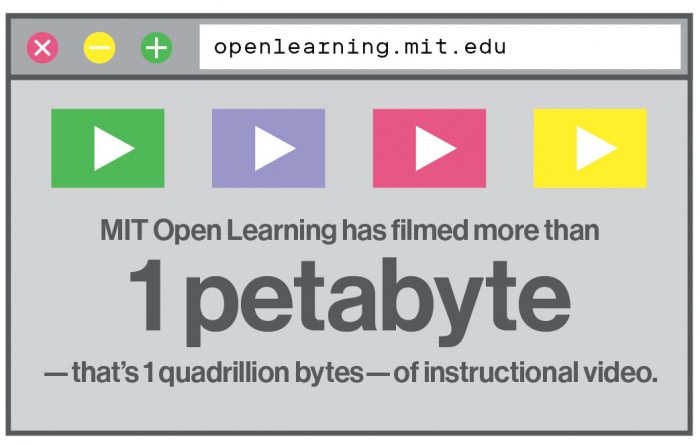

Keep Reading
Most Popular
Large language models can do jaw-dropping things. But nobody knows exactly why.
And that's a problem. Figuring it out is one of the biggest scientific puzzles of our time and a crucial step towards controlling more powerful future models.
The problem with plug-in hybrids? Their drivers.
Plug-in hybrids are often sold as a transition to EVs, but new data from Europe shows we’re still underestimating the emissions they produce.
Google DeepMind’s new generative model makes Super Mario–like games from scratch
Genie learns how to control games by watching hours and hours of video. It could help train next-gen robots too.
How scientists traced a mysterious covid case back to six toilets
When wastewater surveillance turns into a hunt for a single infected individual, the ethics get tricky.
Stay connected
Get the latest updates from
MIT Technology Review
Discover special offers, top stories, upcoming events, and more.